A well-functioning sand filter for the pool is necessary to maintain a pristine swimming pool. This is one of the essential pieces of pool equipment that help keep your pool water clean and clear. Normal pool maintenance can not avoid the occurrence of issues that affect the filter performance. Whether you're a novice or veteran pool owner, this guide will assist you in determining and solving some typical sand pool filter issues so that your pool service efforts are as productive as they are brisk.
Table of Contents |
Common Sand Pool Filter Problems
Sand pool filters are effective for keeping pool water clean, but they can develop problems over time. Here are some common issues:
High or low-pressure readings: The sand filter’s health can be determined by pressure gauge readings. High or low pressure can mean the skimmer is clogged the filter media is dirty, or there are obstructions in the plumbing (blocked pipes, low water level). It is important to monitor these readings for your filtration system.
Sand returning to the pool: If you see sand particles re-entering the pool water, there may be a problem with the filter. Often the issue is caused by a damaged lateral or standpipe. Once you have identified this problem, you need to address it quickly to prevent ruining the cleanliness of your pool.
Sand filter leak: Sand filter leaks can cause large water loss as well as a reduction in filtration efficiency. Cracks in the filter tank, faulty connections, and worn-out O rings may cause leaks. A sand filter leak can be identified by water pooling around the filter or damp areas near the base.
Essential Swimming Pool Filter Parts: Roles & Importance
Signs and Solutions for a Clogged or Dirty Filter Media
The sand filter media will clog up over time with contaminants. A dirty filter will cause an increase in pressure, reduced water flow, and cloudy water. The filter media needs to be cleaned regularly, which may be done by backwashing and rinsing the sand to restore proper function.
-
Troubleshooting sand filter leaks
If you suspect a sand filter leak, here is how you are to diagnose and fix the problem.
Inspect for visible cracks: Look for any visible cracks or damage in the filter tank. You may need to replace the whole filter or see if it can be repaired if you find them.
Check multiport valve and o-rings: Check for wear and tear on the multiport valve and the O-rings. Leaks that appear to be coming from the tank are caused by worn O-rings.
Addressing leaks: Gasket replacement cost should be considered if replacement of gaskets or O rings is required. Leak prevention requires proper sealing.
-
Addressing pressure issues
If your pressure gauge is reading too high, the first thing to check is for likely culprits:
Clogged pool skimmer: The skimmer debris can also block water flow and increase pressure in the system.
Dirty filter media: The sand filter will need to be backwashed to remove accumulated dirt and debris for efficiency.
If your gauge shows low pressure, conversely, you should check your engine for a leak.
Obstructions before the filter: Check the section of the pipe before the filter for clogs or restrictions.
Low water levels: Low-pressure readings and insufficient suction can occur when there is not enough water in the pool.
The filter should be cleaned regularly and water should flow freely to maintain optimal performance.
-
How to Prevent Sand from Entering the Pool
Here are some strategies to avoid the issue of sand entering the pool water:
Examine laterals and standpipe: Check the laterals where the sand is housed and the standpipe for damage. Sand returning to the pool is often caused by broken components.
Correct sand levels and type: Check that you have the right type and quantity of sand in the filter as wrong specifications can cause filtration problems.
Proper backwashing techniques: Regularly engage in correct backwashing procedures to keep the filter efficient and clean.
Routine Maintenance Tips
These are some routine maintenance tips to ensure smooth operations of your sand filter:
Regular backwashing schedule: Set a schedule for backwashing the filter, every few weeks or when the pressure gauge shows a big rise.
Inspecting and replacing worn parts: Check multiport valves, O-rings, and pressure gauges for wear regularly. This results in eliminating potential downtime and an increase in repair price.
Monitoring pressure gauges: Watch the pressure gauges, they are the best indicators of filter health. Early signs of problems can often be seen in the form of anomalies, therefore it is essential to act quickly.
Gasket Replacement Cost and Other Potential Costs
Professional repairs may include more than just parts, such as labor. Consider the severity of the problem and long-term bucks to be saved.
Expense Category | Cost Range |
Replacement gaskets for pool filters |
|
Gaskets as part of a larger assembly |
|
Labor for gasket replacement (1-2 hours) |
|
Professional pool repair and maintenance benefits: Having professionals on hand will always give you the benefit of the doubt in terms of their experience and know-how, meaning they can offer ways and solutions on how to get your pool equipment to operate at maximum efficiency.
How to Replace and Maintain Swimming Pool Sand Filter Parts
An efficient sand filter for the pool is vital to keep the pool clean and safe for swimming. Common problems associated with sand-filter leaks, pressure problems, and sand returning to the pool can be troubleshot by learning about them and don’t present a big deal. To make your pool equipment life longer and cut down on repairs, it will require regular pool maintenance that includes monitoring pressure, backwashing, and inspecting components among other things. Keeping you proactive in your maintenance is the best way to enjoy a beautiful and well-maintained pool. UsaPoolShop offers a wide variety of pool filter parts, including filter cartridges, sand, DE powder, o-rings, pump impellers, and pressure gauges, to ensure efficient pool filtration. These parts are sourced from leading manufacturers
FAQs
Why is sand leaking into my pool?
A broken or bad lateral in your filter is often the reason for sand leaking into your pool. If the lateral is damaged, sand can go around the filter system and into the pool. To fix this you will need to remove the filter media, replace the bad lateral, and then refill the filter with the proper amount of sand.
How often should I replace the sand in my pool filter?
You should replace the sand in your pool filter every 3 to 5 years. Because sand particles wear over time, they become less effective in filtering debris, and this results in cloudy water as well as reduced filtration efficiency. Replacement on schedule assures that your pool’s filtration system will run optimally.

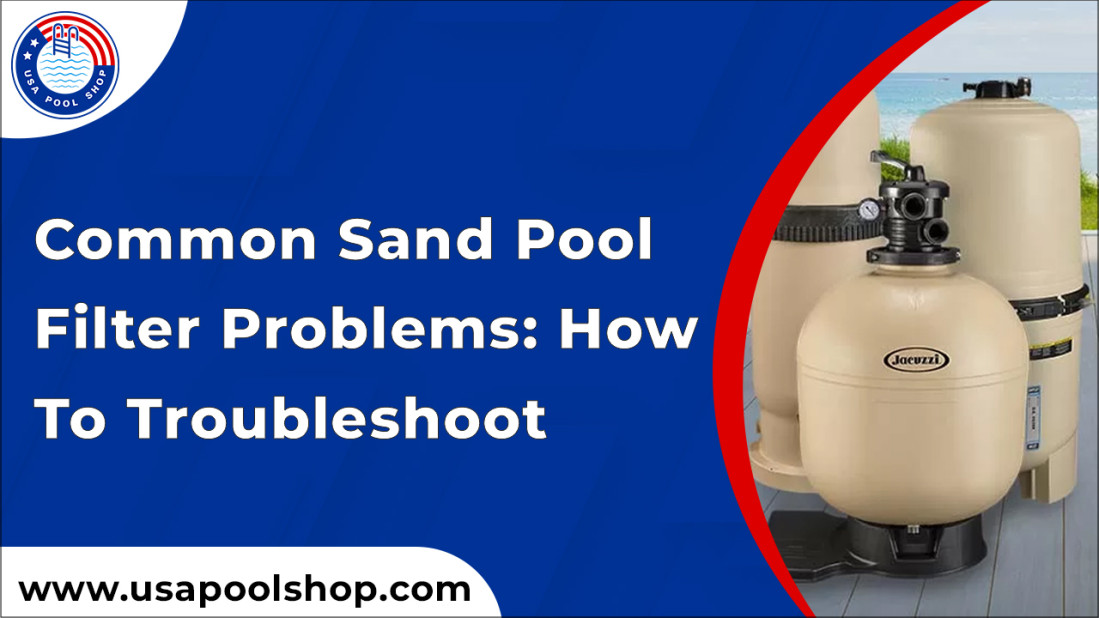
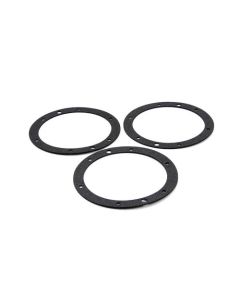
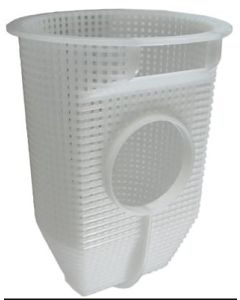
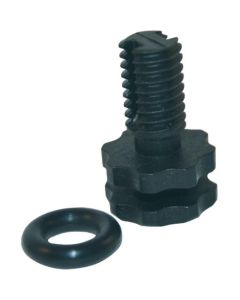
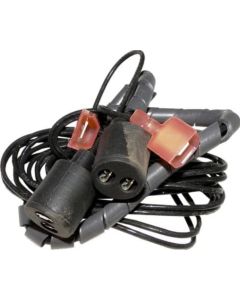
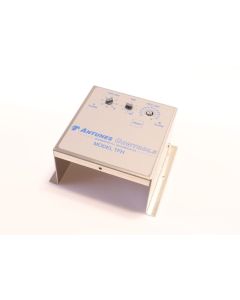


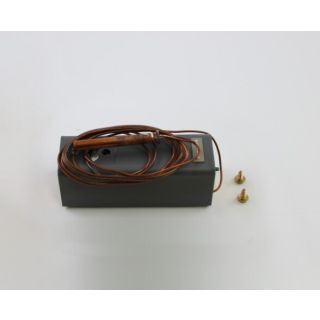
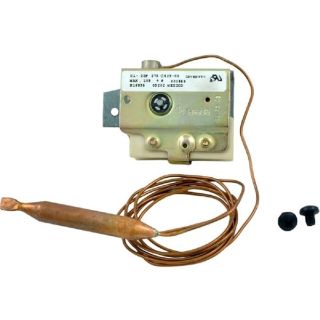
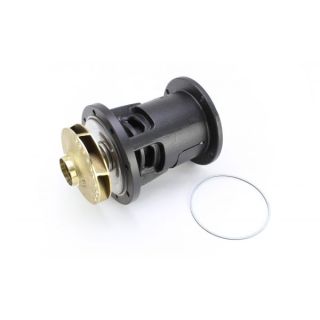
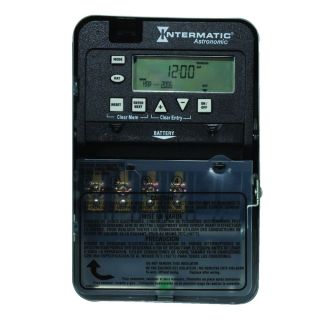
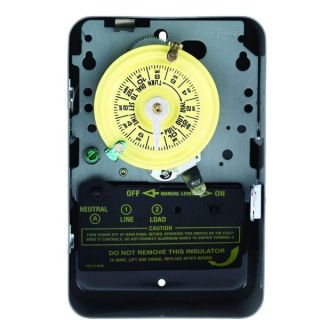

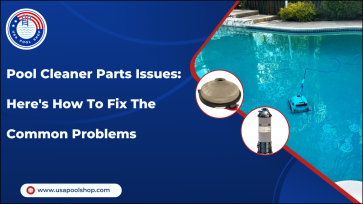
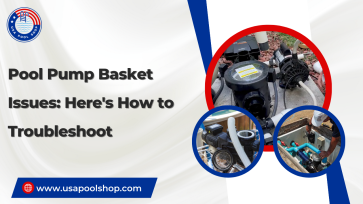


Validate your login